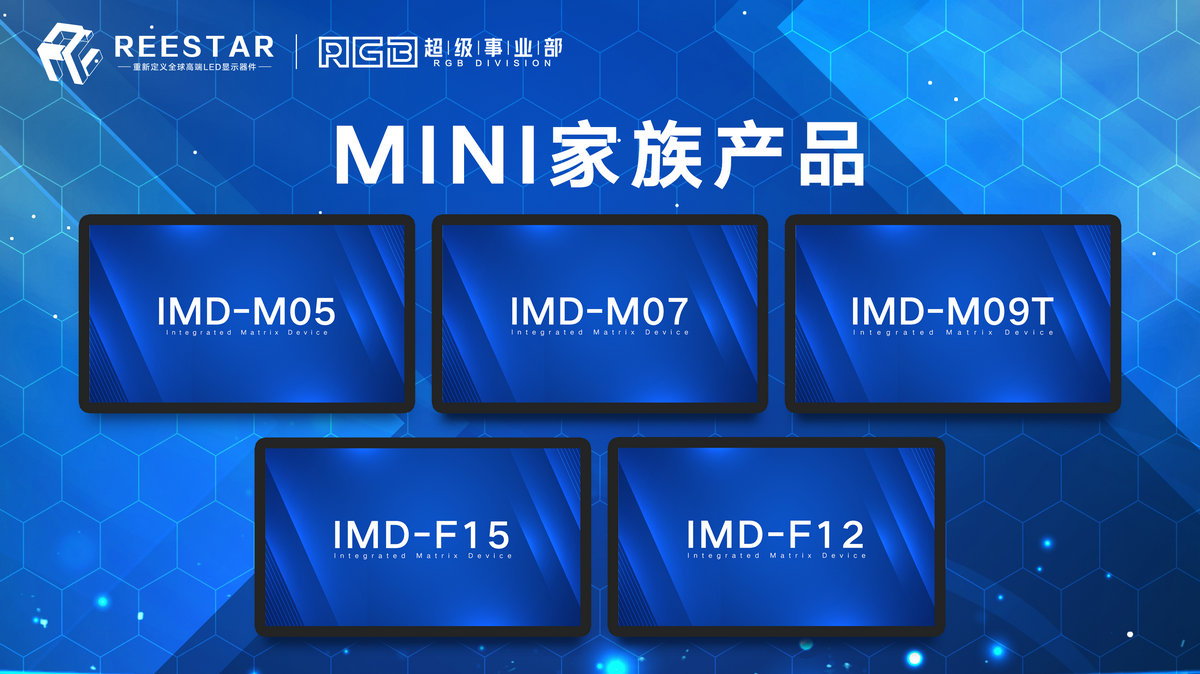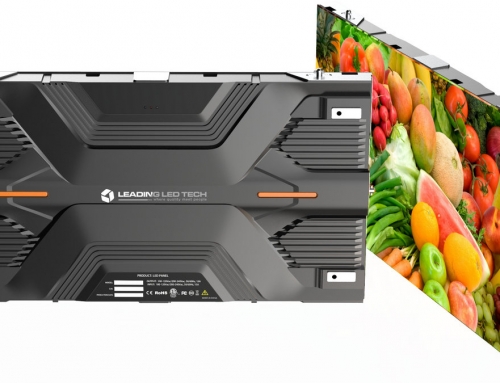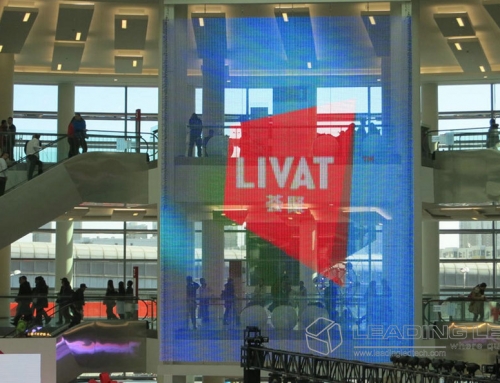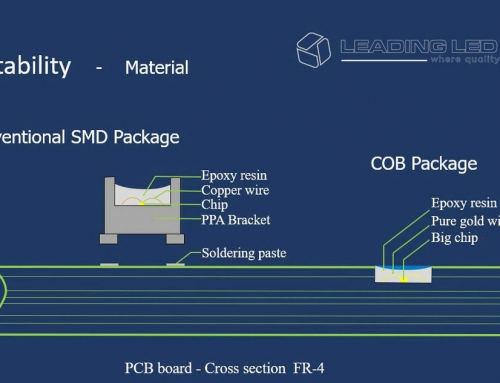NationStar Optoelectronics RGB Division will launch the high cost-effective NationStar MiniLED IMD-M09 standard version at the end of November this year, helping to accelerate the deployment of LED display applications below P1.0. According to reports, the NationStar Mini LED IMD-M09 standard version has the following advantages:
Industry chain synergy advantage
IMD 0.9 is consistent with the Chip LED process, and can directly use Chip LED equipment and machines to ensure the benefits of the original mature industry chain collaboration.
Material cost advantage
In the previous process, chip feeding directly sorts the wide color gamut wavelength and brightness range from the chips purchased by 1010 devices for IMD 0.9 devices. On the basis of a certain capacity, it can be equal to the purchase cost of 1010 chips;
With the advent of localization of BT plates, suppliers are gradually mass-producing. When the supply chain is more mature, it is expected that fewer substrate materials will be used and material costs will be lower.
Packaging technology advantages
Adopting the IMD technical route has obvious advantages. In addition to rapid industrialization, it also integrates the technical advantages of SMD and COB. Good appearance & color consistency, strong anti-collision ability, seamless splicing.
At the same time, it reduces customer costs in multiple dimensions. With integrated packaging, the PCB cost of the screen factory is reduced and the SMT efficiency is increased by 4 times.
In addition, it also has the advantage of easy maintenance. The device can be disassembled, and the maintenance is convenient and the maintenance cost is low.
In summary, the NationStar Mini LED IMD-M09 standard version has the advantages of SMD 1010 in terms of scale and price, and the price will be lower than 1010 in the future.
It is reported that in terms of MiniLED production capacity, NationStar Optoelectronics’ current IMD production capacity is 1000KK/month, and it plans to increase significantly in Q1 of 2021. Its 1.9 billion new base expansion project will be launched next year, and a larger-scale capacity upgrade will soon begin.








Leave A Comment
You must be logged in to post a comment.